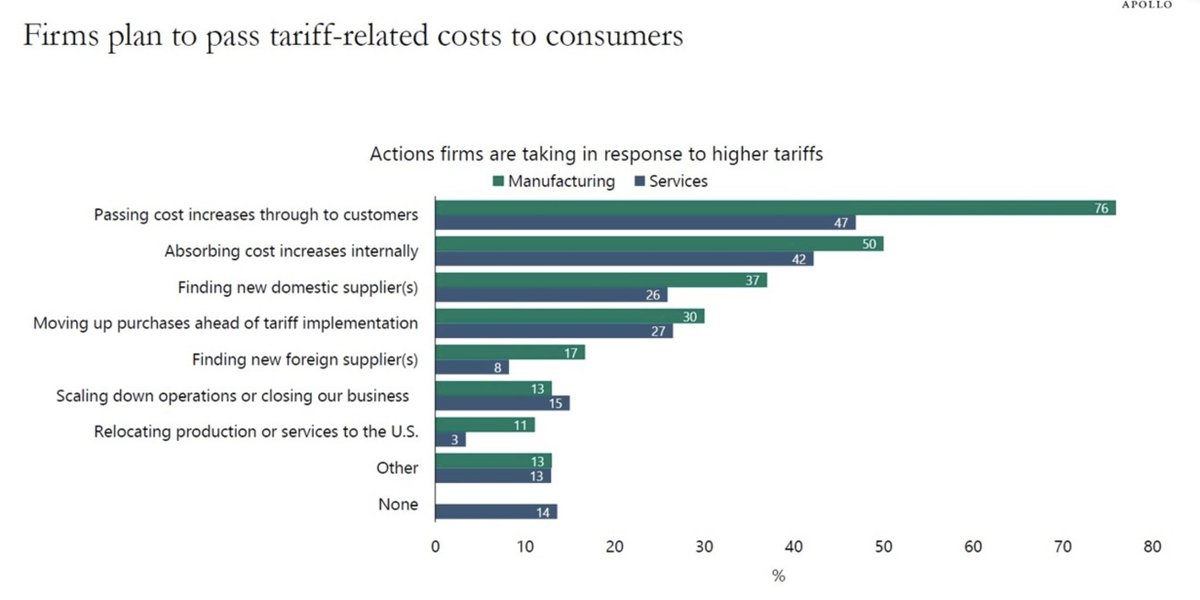some empirical data
Beijing’s biggest worry is not a tariff recession, but the social unrest that will follow.

nypost.com
The Korean press has confirmed that “the United States and China have begun behind-the-scenes contact in relation to the ‘tariff war,’ ” and a high-ranking Chinese delegation
was photographed entering the US Treasury Department in the early morning hours of April 24.
- They are in the huge piles of containers that missed the April 9 tariff deadline, sitting in Chinese ports. These are filled with goods that the tariffs have priced out of the US market. Meanwhile, cargo bookings for container voyages between China and the US are down by half.
- They are in deserted factory floors all along the coast of China, where workers are being laid off by the tens of thousands. Textile, toy, electronic, and furniture factories are just a few of the industries being crushed by the tariffs.
- They are in the empty streets and shuttered shops of the surrounding industrial towns and cities, whose one-time customers — the now unemployed factory workers — can’t afford to eat or shop in their favorite noodle stand or convenience stores.
America is by far China’s largest customer, absorbing about one-sixth of China’s exports. If the tariffs stay in place for any length of time, economists estimate that 80% of China’s goods will be priced out of the American market, representing a loss of almost $400 billion.
As many as 10 million Chinese workers might lose their jobs over the next few weeks, says Treasury Secretary Scott Bessent, a number that could easily double in the months that follow as the ripple effects of the slowdown tear through the economy.



